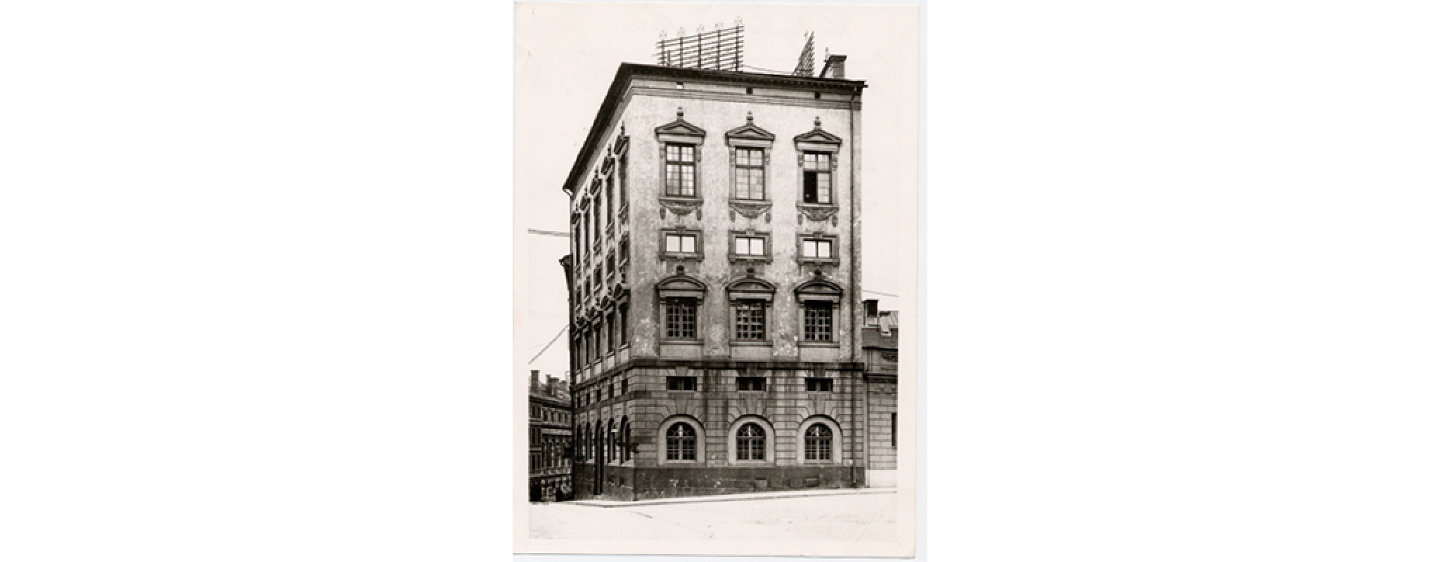1668 - Sveriges Riksbank is founded

Riksens Ständers Bank, today Sveriges Riksbank, was founded from the ruins of Stockholms Banco. The world's oldest central bank was born. It moved into Axel Oxenstierna's palace in the old town of Stockholm.
We usually say that the whole story started with Johan Palmstruch, founder of Sweden's first bank, Stockholms Banco (1656). After living for a time in the Netherlands, where the banking system was relatively well-developed, he attempted to found a bank in Sweden. In 1656, Palmstruch was allowed to establish exchange and loan banks, first in Stockholm and then in other towns and cities. The result was given the name Stockholms Banco.
In 1661, Palmstruch launched an idea that would facilitate the management of money by issuing the first banknotes, known as credit notes (an innovation in Europe, so we usually say that Sweden was the first country in Europe to issue banknotes).
The background to this was the fact that Sweden, at this time, had the world's heaviest coins, copper coins that were cumbersome (up to 20 kg –.
The bank guaranteed the value of the banknotes and undertook to replace the banknotes with coins on demand.
The banknotes were initially a success, as they were easier to handle than the heavy old coins. During the following years, the bank printed more and more notes. In 1663, both the Crown and the Chancellor Magnus Gabriel De la Gardie also took large loans, which were given in the bank's notes. The rapid increase in the number of banknotes led to the notes losing value. The general public started to become suspicious and an increasing number demanded to redeem their banknotes for coins.
It all ended in a bank failure after Palmstruch was tempted to issue too many banknotes in relation to the value that was deposited in the bank. This would be a very important experience.
Palmstruch was ordered to appear before the Svea Court of Appeal and was found guilty of mismanagement of the bank in 1668. He was given the death sentence but reprieved. At the Riksdag of the Estates in 1668, the nobles pushed through a proposal to establish a new bank from the ruins of Stockholms Banco, now with the nobles, the clergy and the burghers as principals. The Bank of the Estates of the Realm – today Sveriges Riksbank – was established and so the world's oldest central bank was born.
It was the nobility that pushed the formation of the new bank through after the issuance of credit notes brought down Stockholms Banco. The estates of the realm now banned these notes. The Bank of the Estates of the Realm moved into Axel Oxenstierna's palace at Storkyrkobrinken in the old town of Stockholm.
Right from the start, one of the Riksbank's tasks was to maintain price stability. Between 1668 and 1897, the law included a clause on price stability. The Riksbank was to "maintain the domestic coinage at its right and fair value".
FACTS
The estates of the realm were the four classes of society. They represented the nobility, the clergy, the burghers and the peasants in the Riksdag of the Estates until the reform of 1866 when the system was replaced by a bicameral legislature.
